At the National Assembly, many National Assembly deputies said that to achieve the double-digit growth target, it is necessary to effectively implement dual economic transformation, including digital transformation and green transformation. This is identified as a key factor to help businesses improve their competitiveness and move towards sustainable development.

At a recent workshop organized by the Vietnam Federation of Commerce and Industry (VCCI) and Business Forum Magazine with the theme: "Dual transformation, driving force for economic growth - perspective from policy to practice", Mr. Hoang Quang Phong, Vice President of VCCI said: In reality, the digital transformation and green transformation process is taking place strongly in the manufacturing sector, not only helping to increase the internal capacity of enterprises but also contributing to the implementation of national commitments on sustainable development and the Net Zero target. Although in terms of policy, Resolution No. 57-NQ/TW and Resolution No. 68-NQ/TW of the Politburo have clearly defined the orientation to promote the development of the private economic sector through innovation, digital transformation, green transformation and sustainable business - aiming at the goal of Vietnam becoming a developed, high-income country by 2045. These resolutions have been and are being concretized by many mechanisms and policies to support businesses.
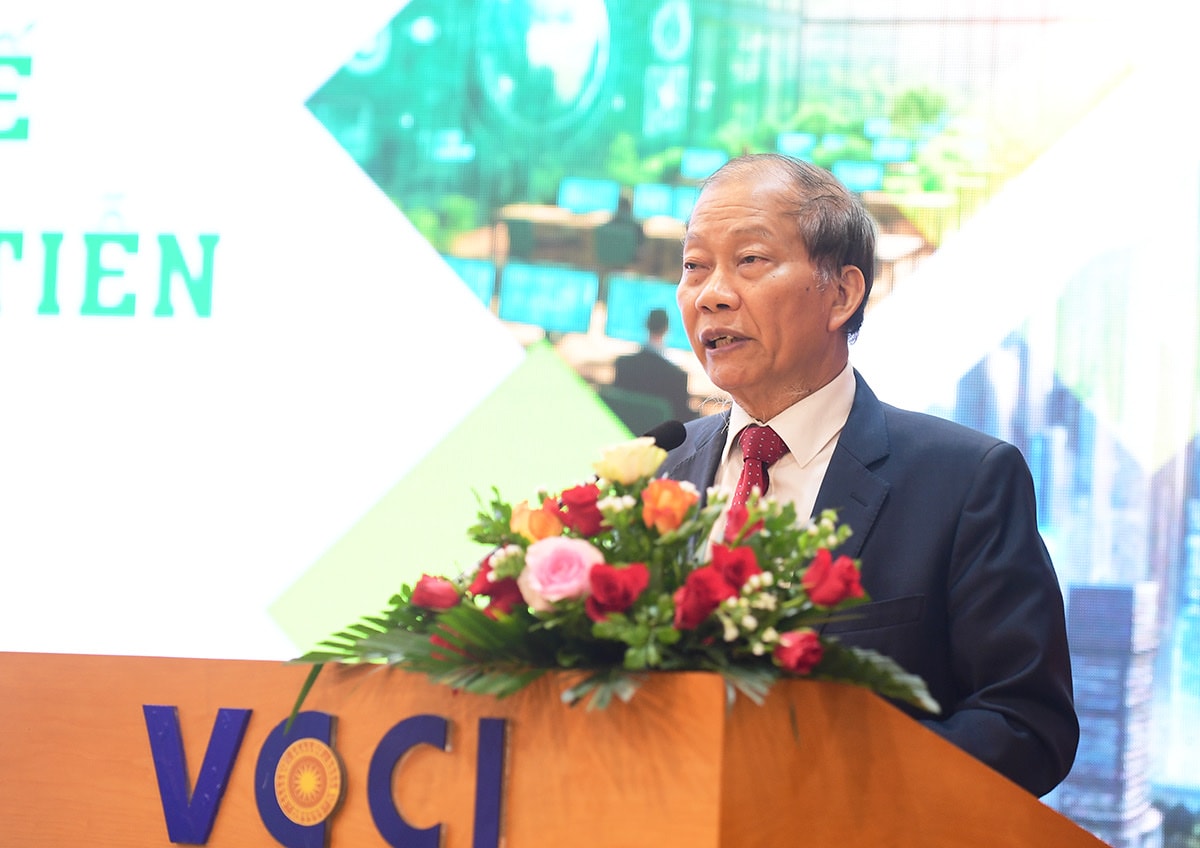
However, the gap between policies and implementation still exists. For dual transformation to truly become a driving force for growth, there needs to be stronger engagement from the business community – not only as an implementer but also as a creator and innovator to remove obstacles, helping Vietnam’s dual transformation process take place more quickly, effectively and comprehensively.
Regarding the mechanisms and policies for dual transformation, according to Mr. Pham Hong Quat, Director of the Department of Startups and Technology Enterprises, the Government has issued the Green Transformation Strategy and the National Digital Transformation Program. In reality, the two digital and green transformations need to be implemented in parallel to achieve the goal of optimizing growth resources and sustainable development. In many forums today, dual transformation is mentioned a lot, but in terms of institutions, there are no mechanisms and policies for this parallel transformation.

According to Mr. Pham Hong Quat, implementing dual transformation is essentially transforming the business model, not simply applying technology. In particular, the current digital transformation shifts to AI transformation - platform technology, ecosystem business model, posing many issues about the growth business model in enterprises, requiring changes first of all in thinking, viewpoints, new business models to improve internal capacity, meeting the increasingly fierce regional and global competition requirements.
With such a view, the Director of the Department of Startups and Technology Enterprises emphasized that the human factor plays an important and decisive role in dual transformation, while technology only plays the role of a tool for implementation. Therefore, before talking about dual transformation in enterprises, we must mention the changes in the thinking and perception of entrepreneurs.
From the reality of capital raising of startups in recent times, Mr. Pham Hong Quat emphasized: the human factor plays an important and decisive role in dual transformation. New technology requires new thinking, entrepreneurs must change their thinking, change their business model first, then look for suitable technology to optimize resources. In which, digital must go with green and vice versa, green must go with digital. In the mechanism of big data, AI, blockchain, new energy... businesses will achieve dual transformation.
Mr. Pham Hong Quat believes that dual transformation actually brings opportunities to businesses, not challenges. Any business that boldly pioneers dual transformation will create advantages. Vietnamese businesses are inherently very dynamic, adaptable, and creative in finding solutions and applications that optimize resources with new approaches that are suitable for the development practices of each business, industry, and field.
In addition to promoting the consumption of traditional products, dual conversion and business model transformation in many industries and fields also open up many new opportunities, bringing in new sources of revenue from green products such as carbon credits.
From that perspective, Mr. Pham Hong Quat believes that businesses need to work together to build a model of calling for capital from outside, from green financial funds to create double profits, especially from circular economic models, reducing plastic waste, reducing carbon emissions - a valuable resource of businesses.

From a business perspective, Mr. Nguyen Phu Hien - Director of PM Consulting Company pointed out the bottlenecks and difficulties for electronics manufacturing enterprises, they are under pressure from global corporations such as Apple, Samsung, forced to comply with sustainable development standards. Possible solutions include DPPA (direct power purchase agreement), on-site power generation mechanism, and energy credits. However, although the decree has been issued, the actual implementation is still slow, due to many problems in regulations and technical instructions, causing enterprises to wait and lack investment motivation.
For textile and garment enterprises, most of which are small and medium-sized, the difficulty comes from a lack of capital and technical capacity to invest in solutions such as rooftop solar power or direct electricity trading. Meanwhile, the current policy mechanism is not open enough and does not encourage more flexible options, such as purchasing renewable energy credits or trading electricity through industrial parks.
According to Mr. Hien, after consulting with the Ministry of Industry and Trade and relevant agencies, there have been positive signals from the government, such as a number of new draft policies being prepared to expand the scope and support mechanisms for businesses. However, in reality, although there are guidelines and a set of green transformation criteria, the specific implementation for each business in the zone is still very complicated, lacking clear incentive mechanisms or regulations recognizing energy-saving solutions and technological innovation.
From there, Mr. Hien recommended enhancing the role of industrial parks in green transformation and digital transformation policies. Currently, the country has about 34 provinces with key industrial parks. Each province should select 2-3 pioneering industrial parks to early apply green transformation and digital transformation models. These zones need to have data visualized, directly connected to the Provincial People's Committee, to become a component index in the Provincial Competitiveness Index (PCI). When there is "live" data, management, decision-making and policy access will be faster, more transparent and more effective.
According to Ms. Tran Thi Thu Trang - Chairwoman of the Board of Directors of Hanel New Generation Technology Joint Stock Company, Chairwoman of the Association of Industrial Production Enterprises of Bac Ninh province, in order for digital transformation and green transformation, the two pillars of "dual transformation" to truly become growth drivers, Communication and model actions are two important keys.
In particular, the Government and localities need to support dual transformation for model enterprises while at the same time having a comprehensive communication program on the benefits of digital transformation, helping enterprises change right from thinking, awareness and action. Communication needs to be substantive, linked with specific success stories, thereby arousing the spirit of innovation and readiness to change in all sizes of enterprises.
Source: https://daibieunhandan.vn/chuyen-doi-kep-trong-doanh-nghiep-can-thay-doi-tu-tu-duy-doanh-nghiep-va-su-song-hanh-tu-co-che-10394153.html





![[Photo] Opening of the 14th Conference of the 13th Party Central Committee](https://vphoto.vietnam.vn/thumb/1200x675/vietnam/resource/IMAGE/2025/11/05/1762310995216_a5-bnd-5742-5255-jpg.webp)


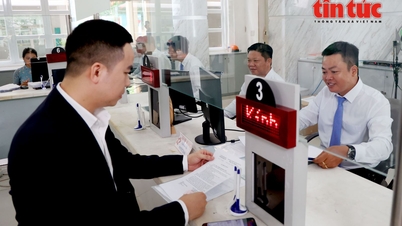















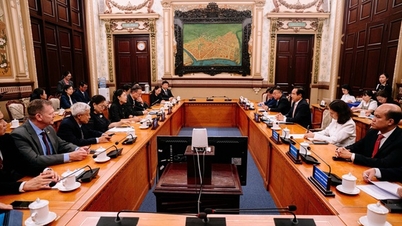




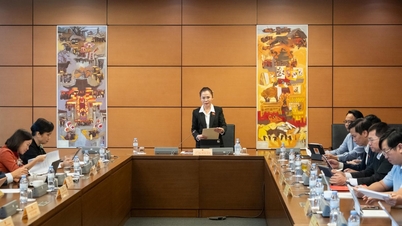
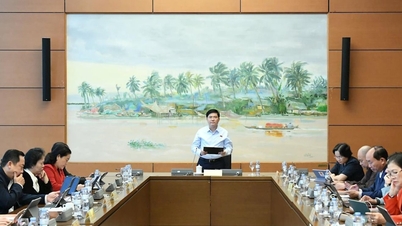
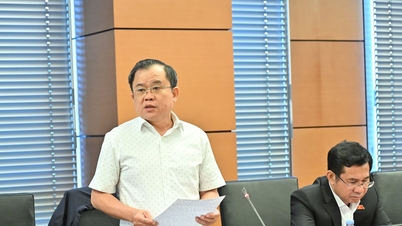

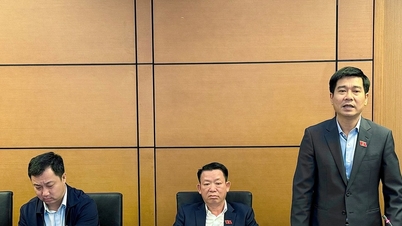

![[Photo] Panorama of the Patriotic Emulation Congress of Nhan Dan Newspaper for the period 2025-2030](https://vphoto.vietnam.vn/thumb/1200x675/vietnam/resource/IMAGE/2025/11/04/1762252775462_ndo_br_dhthiduayeuncbaond-6125-jpg.webp)
























































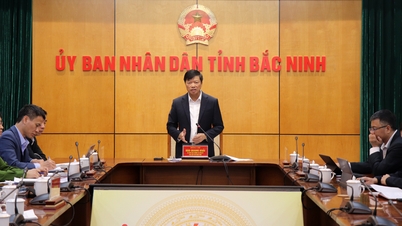





















Comment (0)